How to Communicate with Your Child’s ABA Therapist at School
Building Bridges: Effective Strategies for Parent-Therapist Communication in ABA
Introduction
In the collaborative world of education and therapy, ensuring effective communication between parents, ABA therapists, and educators plays a pivotal role in a child's developmental success, especially for those undergoing Applied Behavior Analysis (ABA) therapy. ABA therapy, renowned for its efficacy in assisting children with Autism Spectrum Disorder, requires a cohesive and well-coordinated team effort. This article delves into how parents can effectively communicate with their child's ABA therapist in a school setting, enhancing the support provided to the child across various environments.
Understanding the Parent's Role in ABA Therapy
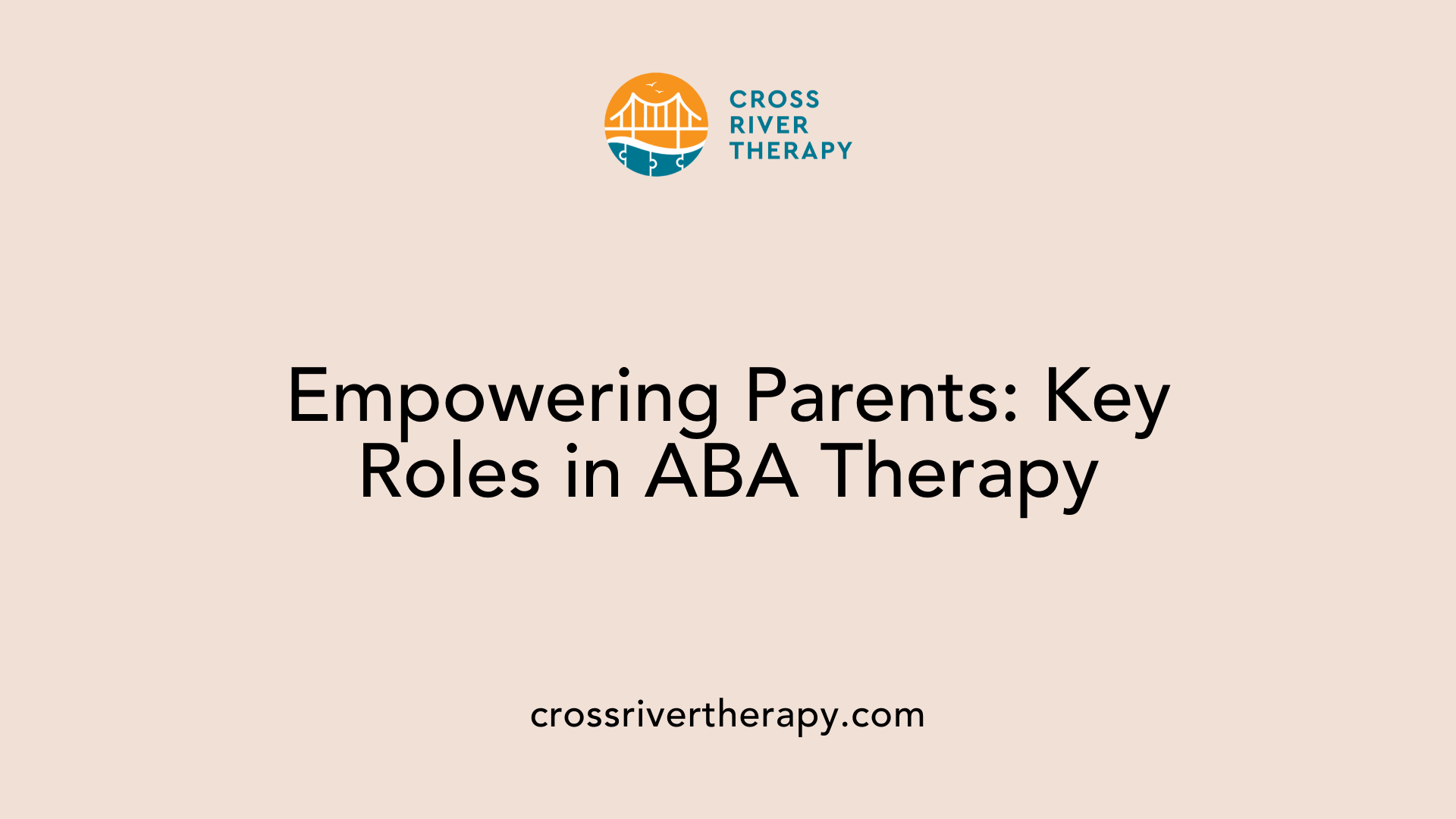
What role do parents play during ABA therapy?
Parents play a vital part in the success of Applied Behavior Analysis (ABA) therapy. Their engagement is crucial for reinforcing techniques learned during sessions, ensuring that practices are consistent across various settings. By collaborating closely with therapists, they help track their child’s progress and adjust strategies as necessary.
The involvement of parents extends beyond just attending therapy sessions. For instance, they can implement ABA strategies at home, which allows children to generalize skills learned in therapy to everyday life. Daily reinforcement at home significantly enhances the effectiveness of treatment, leading to better outcomes.
How can parents contribute at home and during therapy sessions?
Incorporating recommendations from the Board Certified Behavior Analyst (BCBA) into home routines is essential. Parents can create an environment where ABA strategies are practiced naturally, providing opportunities for children to develop and apply their skills. Active participation in therapy sessions also allows parents to learn techniques directly from therapists, enabling them to replicate these strategies at home.
Additionally, parents are encouraged to share observations of their child's behavior, as this feedback helps therapists tailor the treatment plan effectively. Regular communication regarding progress and challenges fosters a partnership that enhances the overall therapeutic process.
Can technology assist parents in supporting their child's learning?
Technological advancements play a supportive role for parents in ABA therapy. Tools like assistive communication devices and mobile applications can help reinforce learning at home. Innovative techniques, such as video modeling or wearable assistive technologies, create engaging experiences for skill development.
By utilizing these resources, parents can facilitate an enriching environment that complements traditional therapeutic practices. Overall, the active involvement of parents, supported by technology, significantly enhances the effectiveness of ABA therapy, helping children with Autism Spectrum Disorder thrive.
Establishing Effective Communication Channels
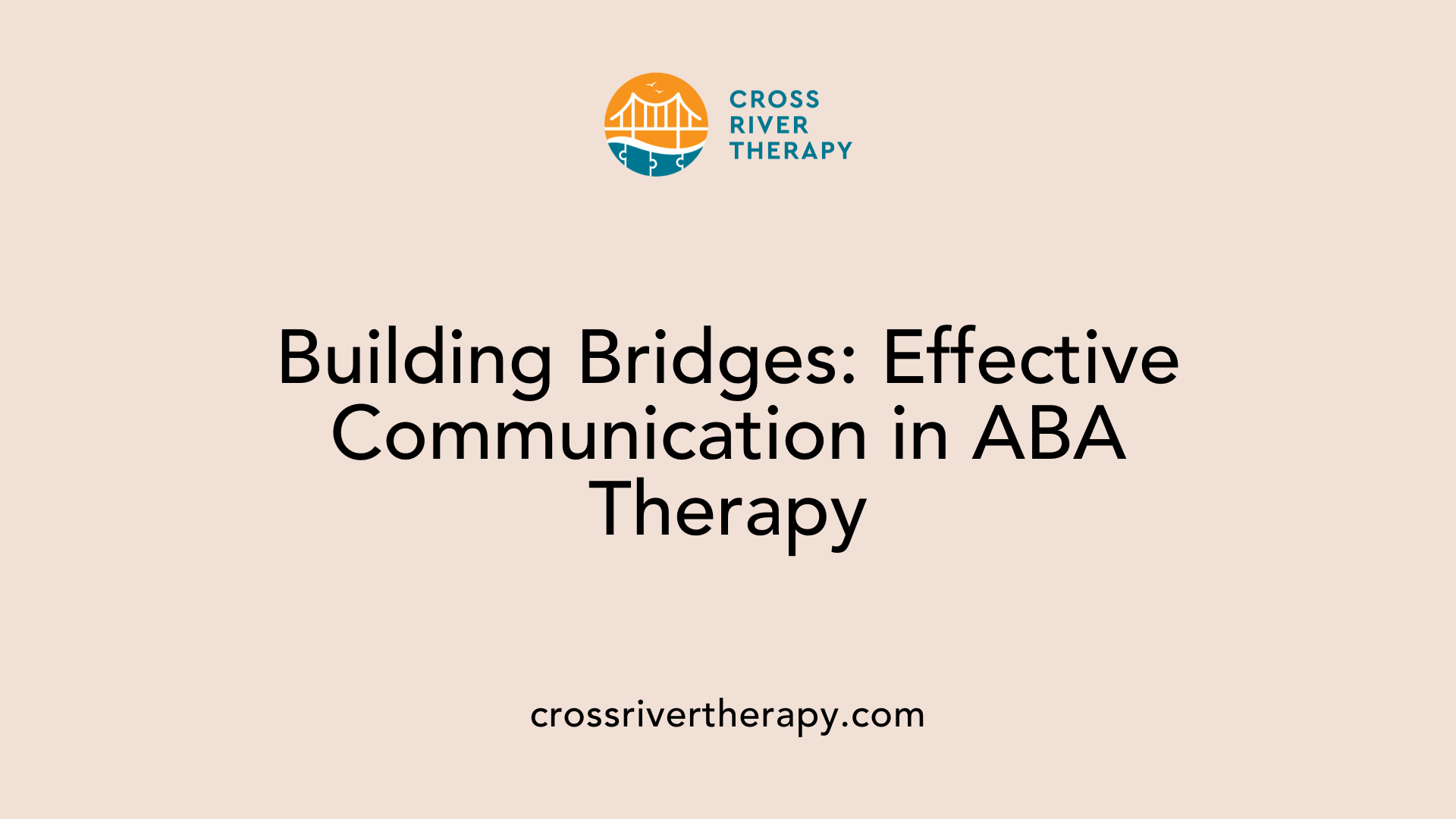
How can effective communication be established between parents, therapists, and educators regarding a child's ABA therapy?
Effective communication in ABA therapy hinges on setting up structured interaction points among parents, therapists, and educators. Establishing regular meetings is essential for reviewing progress, addressing concerns, and aligning goals effectively. These touchpoints create a foundation of collaboration, positioning each party to contribute valuable insights about the child's development.
Using specific tools and resources can greatly enhance communication. For instance, organizations like Autism Speaks offer toolkits tailored to help families navigate the complexities of ABA therapy. The 100 Day Kit, designed for families post-diagnosis, provides essential information and a structured approach to understanding therapy needs, ensuring parents feel empowered and informed.
Additionally, shared communication tools such as journals or digital platforms can facilitate ongoing updates between all parties involved. These tools allow parents to document and share observations, enabling therapists to adjust strategies based on real-life behavior and performance.
Tools and resources for effective communication
Below is a table that outlines various tools and resources for enhancing communication in ABA therapy:
| Tool/Resource | Purpose | Benefit |
|---|---|---|
| 100 Day Kit | Initial guidance after diagnosis | Provides structured support for families |
| Communication journals | Document child’s progress | Keeps all parties informed |
| Digital platforms | Real-time updates and feedback | Enhances collaboration |
| Collaborative workshops | Training for parents and educators | Uniform strategies for supporting the child |
Collaborative workshops
Participating in collaborative training workshops is also beneficial. These sessions equip parents and educators with effective strategies to support their child’s needs consistently. Workshops can help create a unified approach, enabling families to reinforce techniques learned during therapy at home and school.
By fostering strong lines of communication through scheduled meetings, effective tools, and collaborative learning, all parties can work together to enhance the child's success in ABA therapy.
Advocating for Your Child's Needs
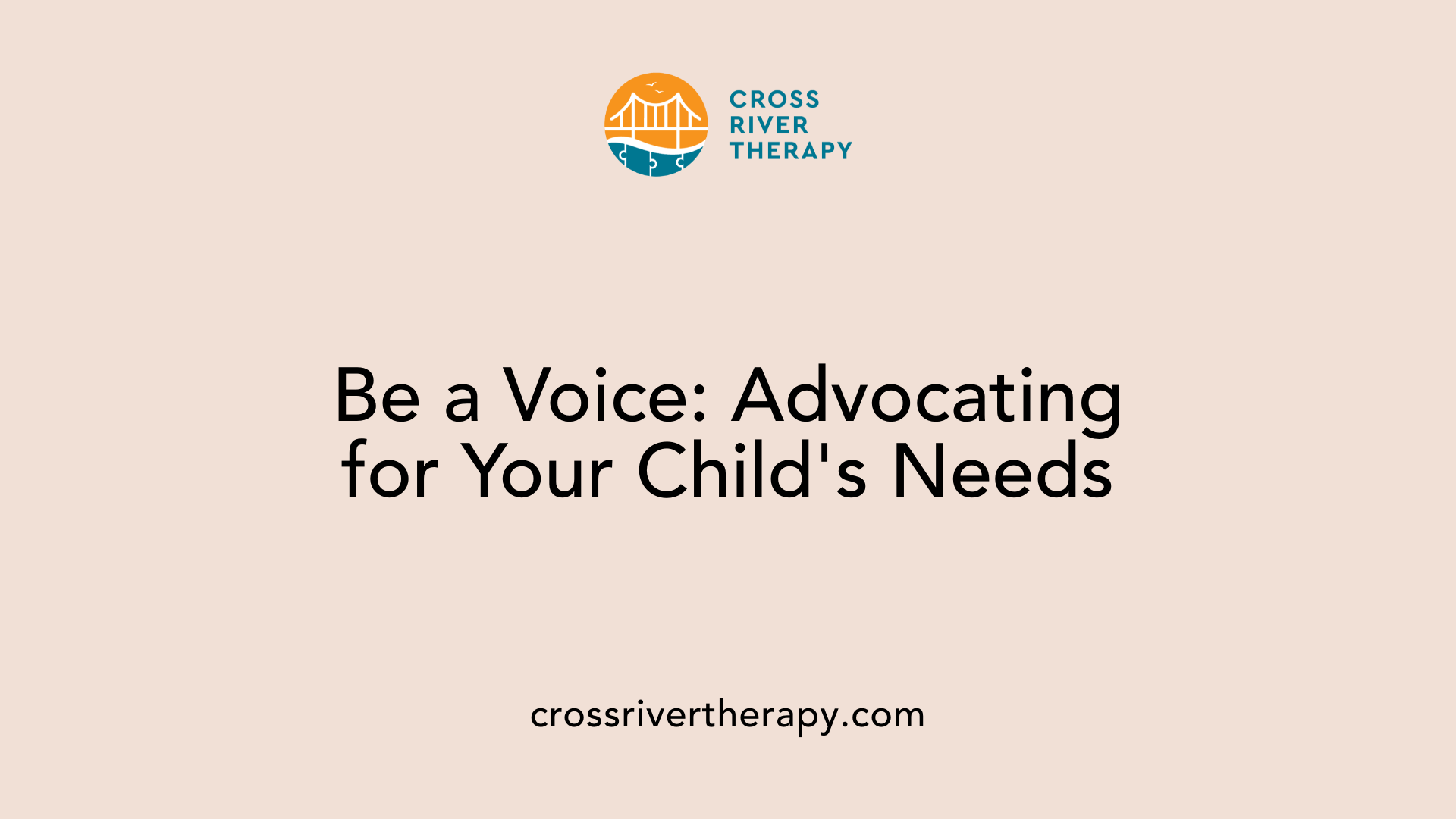
How can parents advocate for their child's needs during interactions with ABA therapists and school staff?
Parents play a vital role in advocating for their child's needs when interacting with ABA therapists and school staff. To effectively support their child, parents should be well-informed about autism and intervention strategies. Resources like Autism Navigator offer courses and tools that equip families with evidence-based practices tailored for their unique situations.
Clear communication is essential. Parents must articulate their child's needs, preferences, and rights to ensure that all professionals involved understand their roles in the child's educational and therapeutic plans. This clarity sets a solid foundation for collaboration.
Actively participating in everyday activities and therapy sessions further reinforces the skills addressed in therapy. Research indicates that increased engaged time significantly contributes to better outcomes in school settings. By maintaining a regular communication schedule and attending meetings, parents can stay updated on their child's progress.
Collaboration with school staff and therapists
Building supportive relationships with both ABA therapists and school staff is crucial. Collaboration creates a consistent approach to the child's development across different environments. Parents should foster open dialogues, sharing valuable insights about their child's behavior outside therapy to help tailor interventions effectively.
In addition, parents can benefit from providing feedback and asking questions during interactions with therapists. This open communication helps align therapy goals and reinforces practices at home, promoting generalization of skills in various settings. Together, parents and professionals can work towards creating meaningful Individualized Education Program (IEP) goals, ensuring a comprehensive approach to the child's growth.
By effectively advocating for their child's needs, parents can solidify a supportive environment that amplifies their child's success in both therapy and educational settings.
Integrating ABA Therapy in School Environments
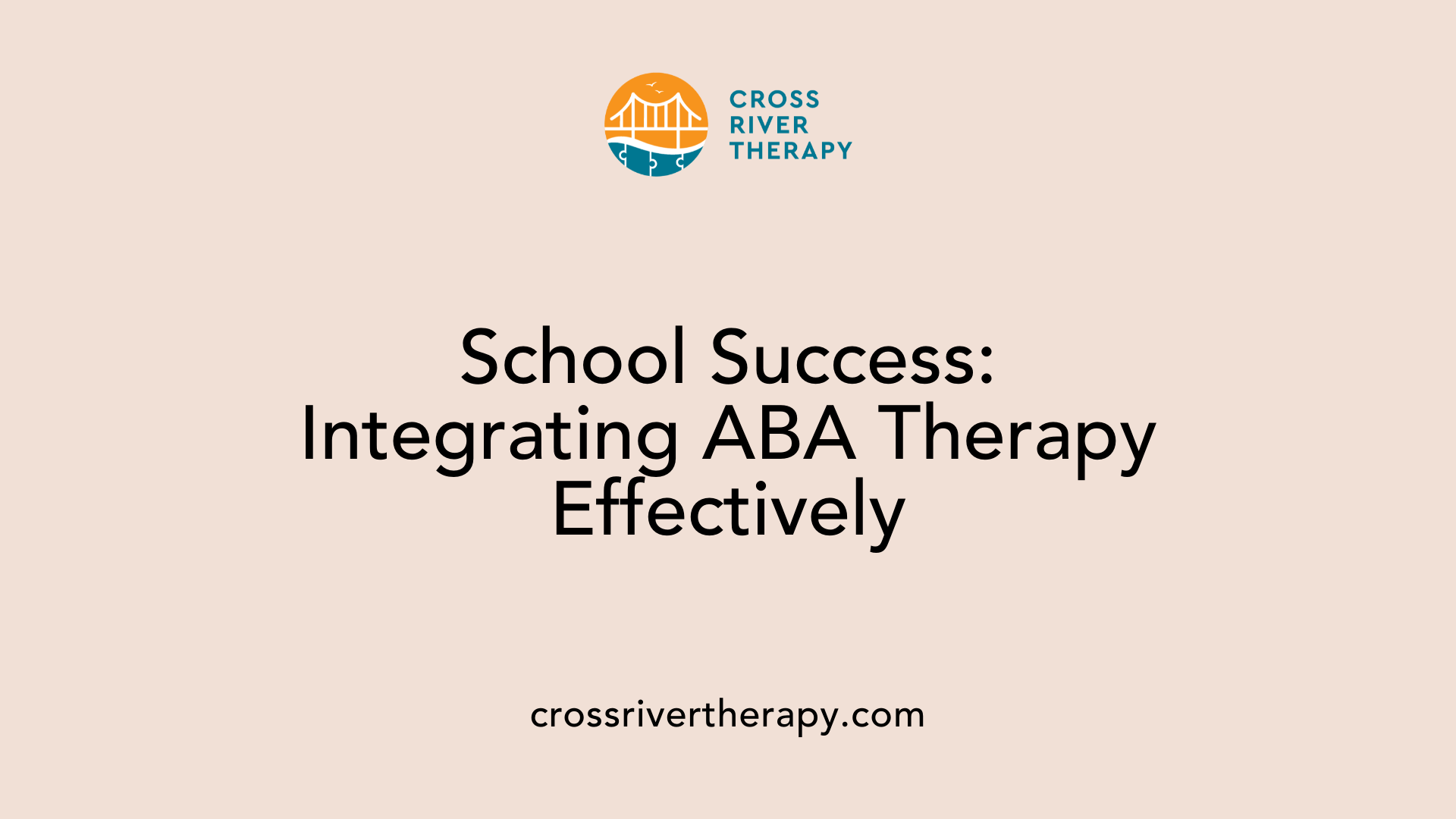
How does ABA therapy integrate with school environments?
ABA therapy plays a significant role in enhancing the educational experiences of children with autism within school settings. It focuses on individualized support, which is essential for improving communication skills and peer interactions. Here’s how ABA therapy integrates into schools:
- Individualized Support: Each child's therapy is tailored to their unique needs, ensuring that they receive appropriate strategies that cater to their specific challenges and strengths.
- Communication and Interaction: The emphasis on developing essential skills such as following instructions and participating in group activities helps children better navigate classroom dynamics.
- IEP Goals Alignment: Schools create Individualized Education Plans (IEPs) that often incorporate goals specified by ABA therapists, allowing for a cohesive approach that benefits the child's development.
How can IEP and ABA alignment improve student outcomes?
Aligning IEP goals with ABA strategies can significantly enhance educational outcomes. This collaboration allows educators to implement effective behavioral interventions based on insights from ABA professionals. Importantly, this alignment:
- Tailors Education to Individual Needs: Combining ABA insights with IEP frameworks leads to more effective learning experiences tailored to each child's unique requirements.
- Reinforces Targeted Skills: By embedding ABA strategies into day-to-day school activities, children can practice new skills consistently, reinforcing learning across different environments.
- Supports Positive Learning Environments: Coordinated efforts help address disruptive behaviors through preventive strategies, fostering a more conducive classroom environment.
What role do ABA strategies play in building skills and reducing disruptive behaviors?
ABA offers structured methods for teaching skills and modifying behaviors, essential components of successful educational experiences. Here are some ways it contributes:
- Skill Development: ABA focuses on both academic and social skills enhancement, giving children the tools they need to thrive independently.
- Behavior Intervention Protocols: Tailored interventions for challenging behaviors are developed collaboratively between ABA providers and school staff, addressing disruptions effectively.
- Monitoring Progress: Regular updates and collaboration on progress between ABA therapists and educators ensure interventions remain effective and responsive to the child’s evolving needs.
Overall, integrating ABA therapy in school environments promotes not just academic learning but also emotional and social development, fostering better outcomes for children with autism.
Best Practices for Teachers Using ABA Strategies
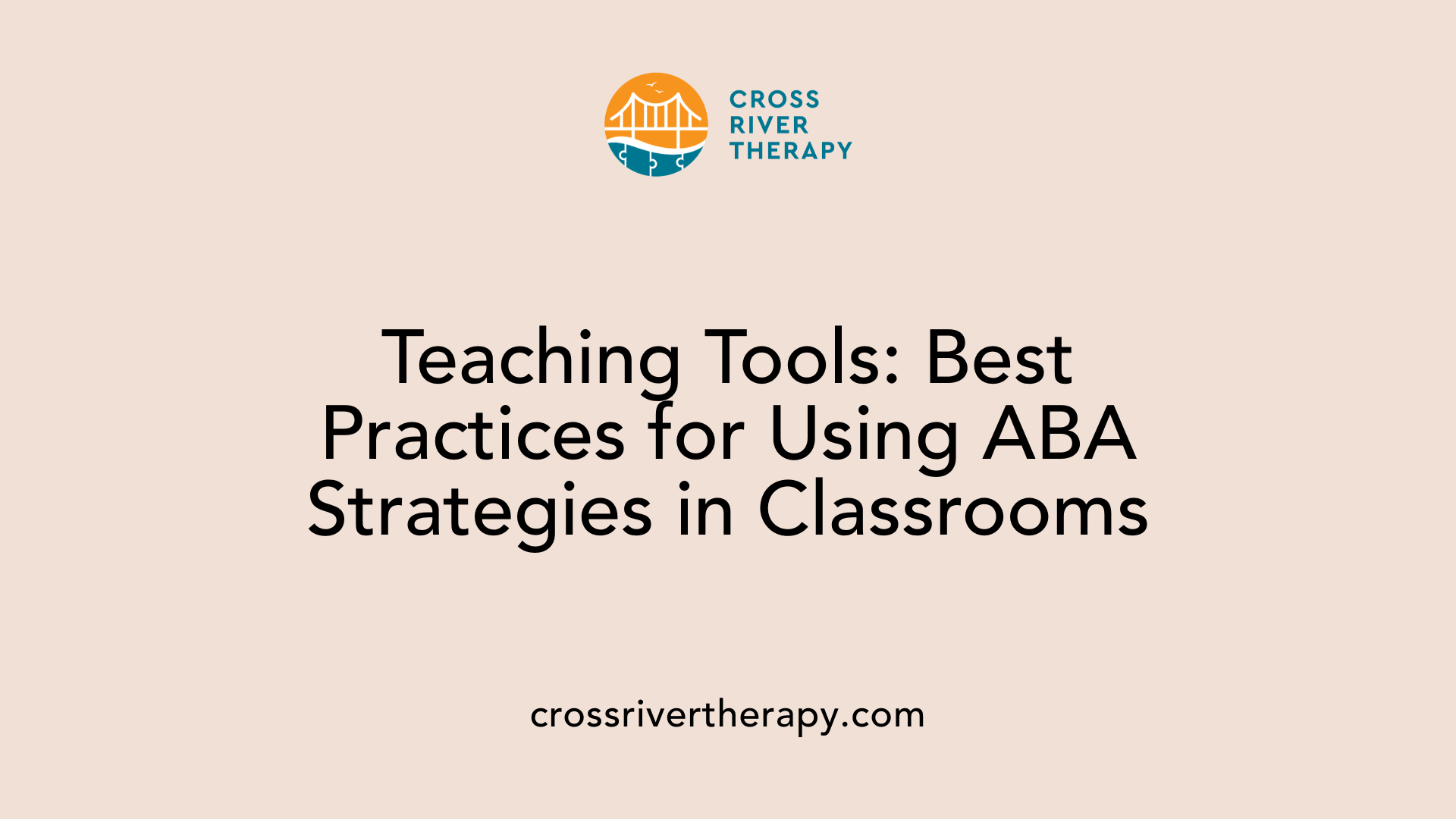
What are some best practices for teachers using ABA strategies in the classroom?
Teachers can greatly enhance classroom management by integrating Applied Behavior Analysis (ABA) strategies. Here are some effective practices:
Structured Routines: Implementing clear daily routines helps students understand what is expected of them. Predictability supports their learning and minimizes anxiety.
Practice Expectations: Regularly practicing behavioral expectations with students reinforces appropriate behaviors. This can be done through role-plays or guided practice sessions.
Incorporate Breaks: Introducing breaks, such as brain breaks, is crucial. These short pauses allow students to regain focus, particularly those who face attention challenges.
Visual Strategies: Utilizing tools like token boards provides clear behavioral expectations. This visual representation can motivate students and track progress effectively.
Environmental Adjustments: Reducing distractions in the classroom is vital for improving focus. Simple changes like seating arrangements can make a significant difference.
Proximity Control: Staying near students can gently guide them back to the task-at-hand without verbal reminders, which can disrupt learning.
Positive Reinforcement: Fostering a supportive environment through positive reinforcement is essential. Recognizing and rewarding positive behaviors encourages a constructive classroom atmosphere.
Individual Needs: Addressing each student's unique needs allows for personalized learning. Providing special tasks for early finishers can keep engagement high and minimize disruptions.
By enacting these strategies, teachers can create supportive learning environments that benefit all students, especially those who may struggle without structured guidance.
The Importance of Collaboration in ABA Therapy
Why is collaboration between parents, therapists, and educators important in ABA therapy?
Collaboration between parents, therapists, and educators is crucial in ABA therapy as it fosters a unified approach to support a child's development across different environments. Effective communication among stakeholders ensures consistency in implementing therapeutic strategies, enhancing the child's learning and growth.
Unified approach to supporting children
A strong partnership formed through regular conversations cultivates a supportive environment. This collaborative effort allows for sharing observations and insights into the child's behavior and preferences, thus improving the overall effectiveness of the therapy.
Aligning therapeutic strategies
Setting clear communication channels and regularly scheduled meetings ensures timely updates about the child's progress. Using insights from all parties, including parents and therapists, helps develop customized strategies that are consistently applied at home and school. This ensures that therapeutic interventions align closely with the child’s needs.
Active Engagement Leads to Better Results
When parents actively participate in therapy sessions and educational meetings, it creates a strong framework for development. They can carry over strategies learned in therapy into daily routines, enhancing skill generalization.
Consistency in Support
Finally, effective communication facilitates monitoring of a child's progress, enabling therapists to adjust interventions based on real-life insights from parents. This ongoing dialogue between parents, therapists, and educators promotes a holistic approach to achieving meaningful educational goals for the child.
Practical Tips for Effective Parent-Therapist Communication
Maintaining Regular Check-Ins
Establishing a consistent communication schedule is essential for staying updated on your child's progress in ABA therapy. Regular check-ins via phone, email, or in-person meetings foster collaboration. Schedule these meetings to discuss behavioral observations, updates, and any concerns you may have. This continual engagement helps in aligning the therapy goals with your child's needs during both therapy sessions and at home.
Encouraging Open Dialogue
Creating an environment of open communication with your child's therapist ensures both parties feel comfortable discussing various topics. Share insights about your child's behavior outside therapy, as these observations are invaluable in crafting effective strategies. Don't hesitate to ask questions or provide feedback during meetings. This two-way communication boosts collaboration and greatly enhances the effectiveness of the therapy.
Practicing Active Listening
Active listening is a crucial skill for both parents and therapists. When the therapist provides insights or recommendations, make sure to listen attentively and seek clarification if needed. Encourage the therapist to do the same by expressing your thoughts and concerns. This exchange of ideas helps in ensuring that everyone involved fully understands the child's needs, facilitating a more productive therapy process.
| Tip | Details | Benefits |
|---|---|---|
| Regular Check-Ins | Schedule meetings every week or bi-weekly | Keeps both parents and therapists aligned |
| Open Dialogue | Share behavior observations; ask questions freely | Enhances collaboration and understanding |
| Active Listening | Engage fully in conversation; clarify doubts | Ensures all ideas are fully expressed |
Conclusion
Establishing effective communication with your child's ABA therapist at school isn't just about aligning goals—it's about creating a nurturing environment where children can thrive. Through proactive collaboration and ongoing dialogue, parents, therapists, and educators can not only support children effectively but also ensure a holistic approach to their developmental journey. By understanding the pivotal role parents play, utilizing available resources, and continuously engaging with the child's support system, we can unlock the potential of ABA therapy and pave the way for educational and personal success for children with autism.
References
- Tips Effective Parent-Teacher Communication During ABA Therapy
- How to Work With Your Child's ABA Therapist Effectively
- Collaborating with ABA Therapists: A Guide for Parents ... - Able Kids
- How ABA Therapy Can Help in School – brightpathbehavior.com
- Understanding Your ABA Provider's Partnership with Schools
- The Role of Family in ABA Therapy: Tips for Parents
- Tips for Parents: Supporting Your Child's ABA Therapy Journey



